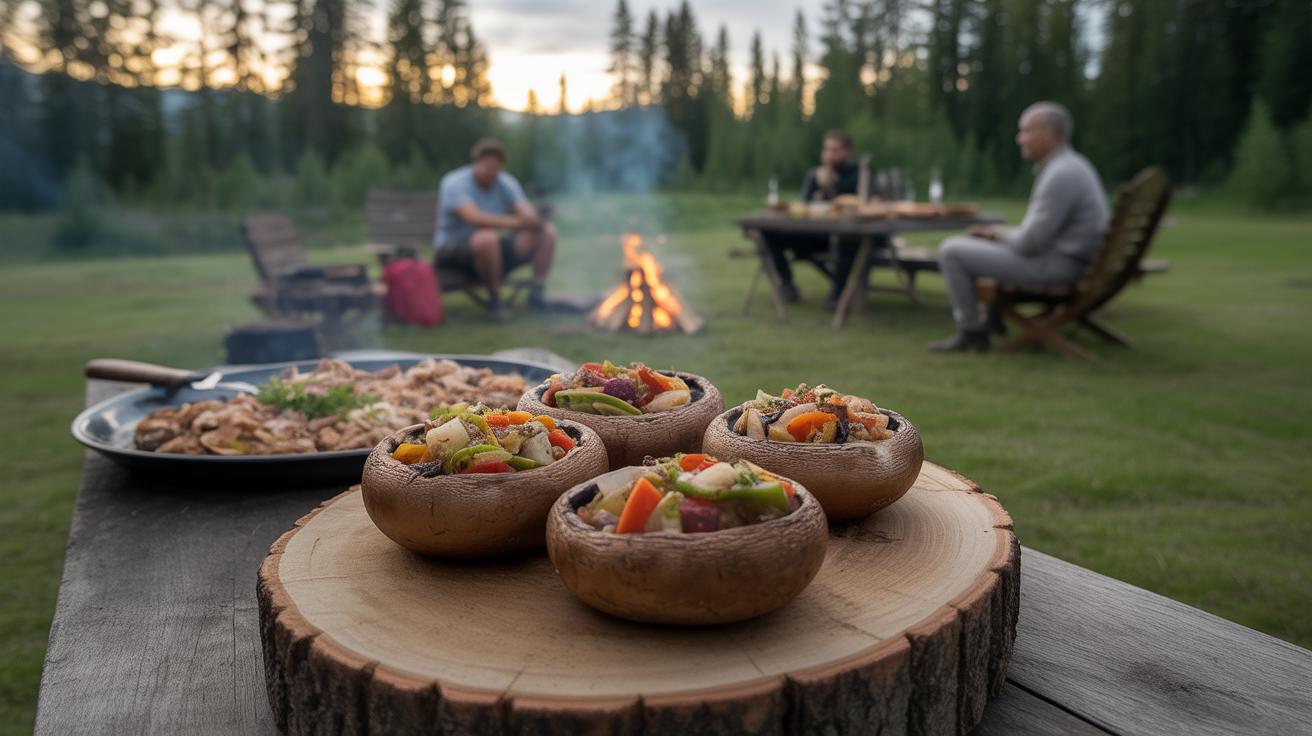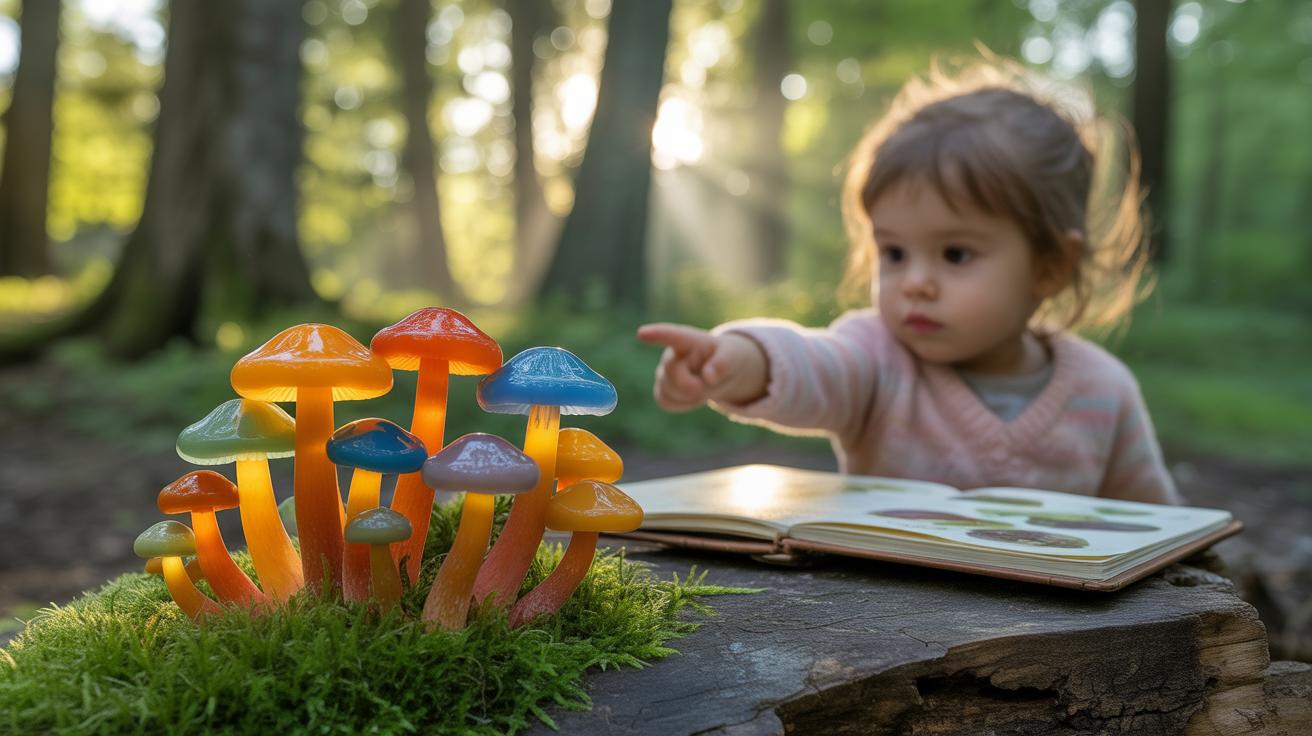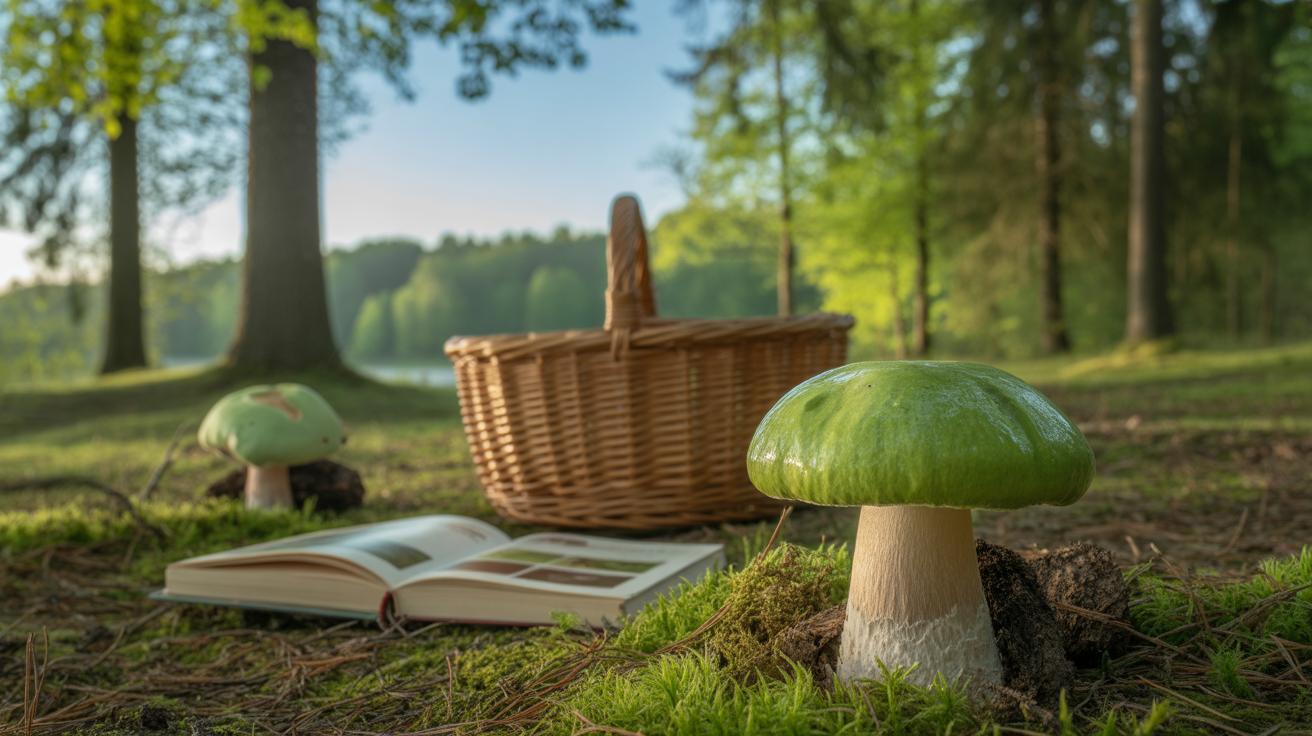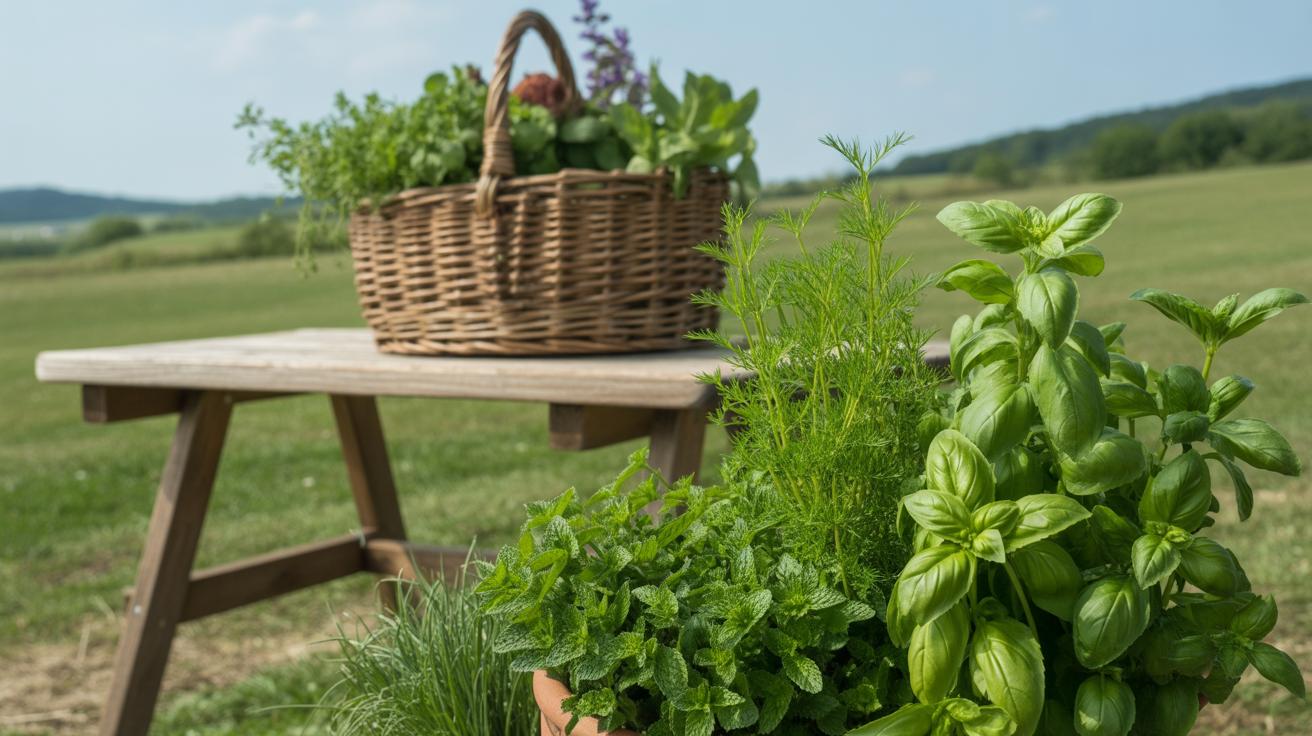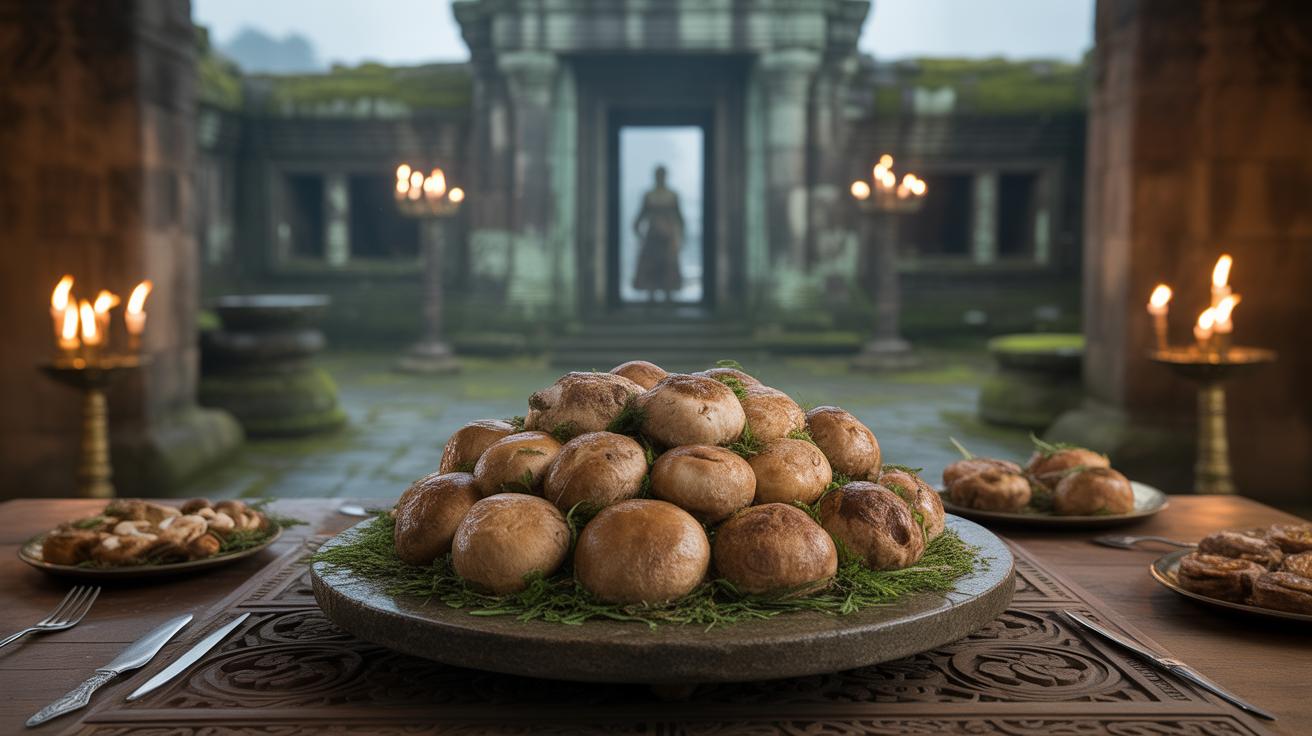Introduction
You want to create a delicious outdoor meal that’s easy and fun to cook? Stuffed portabella mushrooms are a great choice. They are big, meaty, and soak up flavors well. You can fill them with many tasty ingredients to satisfy every taste.
This article walks you through picking the best mushrooms, making delicious fillings, and cooking perfect stuffed portabellas outdoors. Try them at your next picnic or barbecue and impress your friends and family with a healthy, flavorful dish.
Picking the Right Portabella Mushrooms
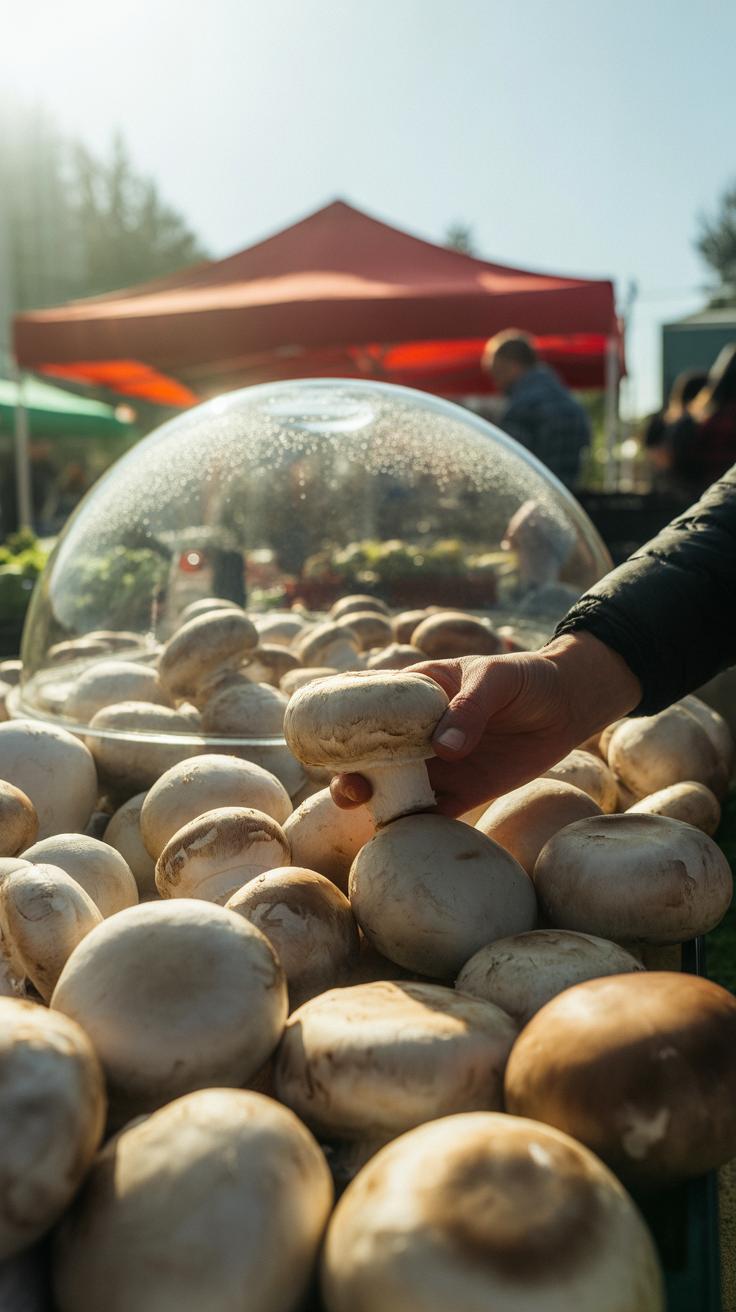
Choosing the right portabella mushrooms is more than just grabbing the biggest one at the store. Big and firm mushrooms do tend to work best for stuffing because their caps act like small bowls, holding the filling without collapsing or leaking. When you hold a large portabella, you’ll notice its thickness offers a sturdier base—kind of like a natural plate. Smaller ones might be cute but often don’t have enough room inside, making it tricky to get a good filling-to-mushroom ratio.
Look closely at the color and texture too. Fresh portabellas have a rich, earthy brown shade without any patches or discoloration. If you spot dark spots, bruises, or dry cracks, it signals the mushroom might be old or overly handled. Texture matters just as much—your mushroom should feel firm to the touch, not soft or mushy. Sometimes, you might come across slimy mushrooms. That’s a clear sign to pass on those. Fresh ones will feel dry but not brittle, almost velvety on the surface. You might wonder: can a slightly wrinkled cap be okay? Perhaps—but usually, the fresher, the better for stuffing.
In my experience, it’s tempting to pick based on size only, but ignoring firmness or color can lead to a disappointing outcome. The right mushroom feels solid, looks clean, and carries a bit of weight. That way you’re set up for success before even starting the filling.
Preparing Mushrooms for Stuffing
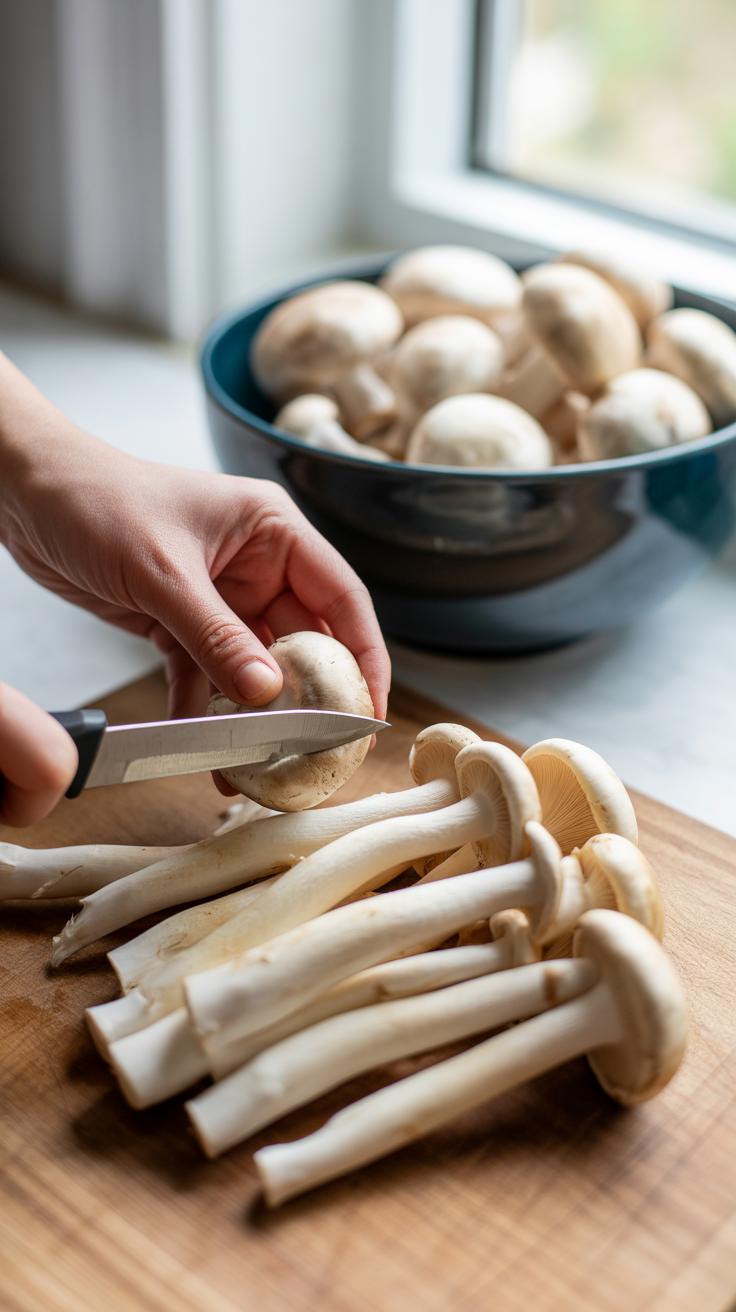
Clean Mushrooms Carefully
Portabella mushrooms are like sponges, soaking up water quickly. So, washing them under running water or soaking isn’t a great idea. You want to avoid soggy mushrooms that lose their texture and flavor—which can ruin your outdoor feast. Instead, use a damp cloth or a soft brush to gently wipe dirt off the caps and stems. It’s slow, maybe a little tedious, but it pays off taste-wise.
Why does cleaning matter so much? Well, dirt or grit trapped in the crevices can make the eating experience unpleasant. Also, if you don’t clean them right, you risk washing away those deep, earthy flavors that are actually the best part of portabellas. I remember once rushing this step and regretting the mushy outcome; it’s not worth the extra time to skip careful cleaning.
Remove Stems and Gills
Before stuffing, you’ll want to clear space inside your mushroom caps. Start by gently twisting out the stems. Some people toss these, but you can save them to chop and mix into your filling if you like. It’s a small bonus that adds extra mushroom flavor.
Next, scrape out the gills—the dark, feathery underside of the cap. Removing them helps make room for stuffing, but also cuts down on any bitterness that might sneak through. Use a small spoon or your fingernail to scrape them away carefully. It’s a little detail that some might overlook, but it makes a difference in both texture and taste.
Removing stems and gills isn’t just about clearing space. It’s about preparing a blank canvas, a simple shell ready to hold whatever bold flavors you choose next. You might wonder if leaving the gills in matters much—sometimes, it might not. But for a true packed flavor experience, clearing them out feels right.
Choosing the Best Fillings
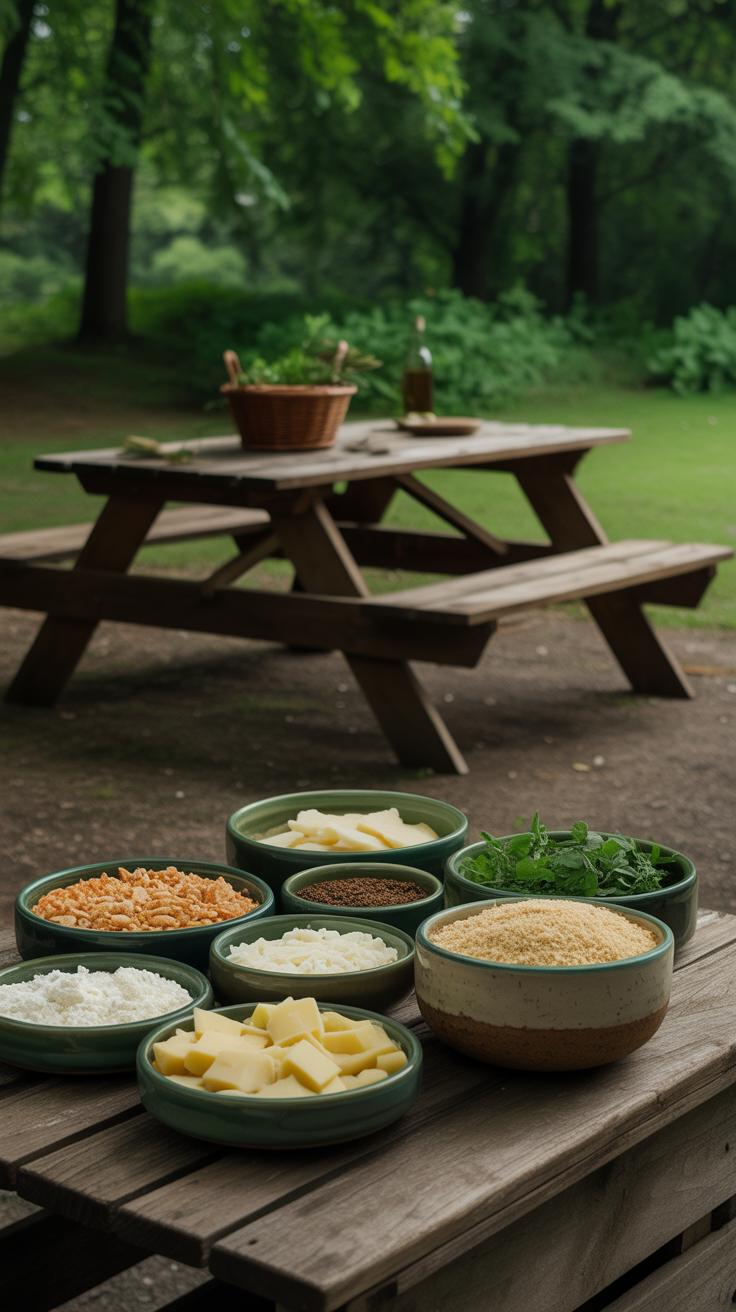
When it comes to stuffed portabella mushrooms, the filling can completely change the dish. You want something that complements the meaty texture of the mushroom while bringing its own character. For vegetarians, fillings that mix cheese, greens, and a bit of crunch work really well. Imagine combining sautéed spinach with minced garlic and soft goat cheese, then topping it with toasted pine nuts or walnuts for texture. It’s about balance—creamy yet crunchy, mild but with a pop of flavor.
Other vegetarian options include ricotta mixed with fresh herbs, or even a medley of roasted vegetables like bell peppers and zucchini. Sometimes, just a simple mix of feta and olives surprises you with how much it lifts the dish. Don’t shy away from trying combinations that feel a bit off-beat; mushrooms are pretty forgiving.
For meat lovers, fillings can add a punch of flavor and heartiness. Cooked and seasoned sausage crumbles blend well with cheese and herbs. Ground beef, if a bit lean, benefits from moisture like tomato sauce or grated mozzarella to prevent dryness. Ground chicken or turkey can also work but might need stronger seasoning to stand out. Think garlic, smoked paprika, maybe even a little chili for warmth.
Season your meat fillings thoughtfully; salt, pepper, and herbs like thyme or rosemary bring out the mushroom’s earthiness. There’s room for experimentation here, though—don’t hesitate to mix in onions, mushrooms chopped finer, or even a splash of wine or broth to keep things juicy. What’s your go-to filling? You might find the next favorite by just swapping one ingredient.
Seasoning and Flavor Tips
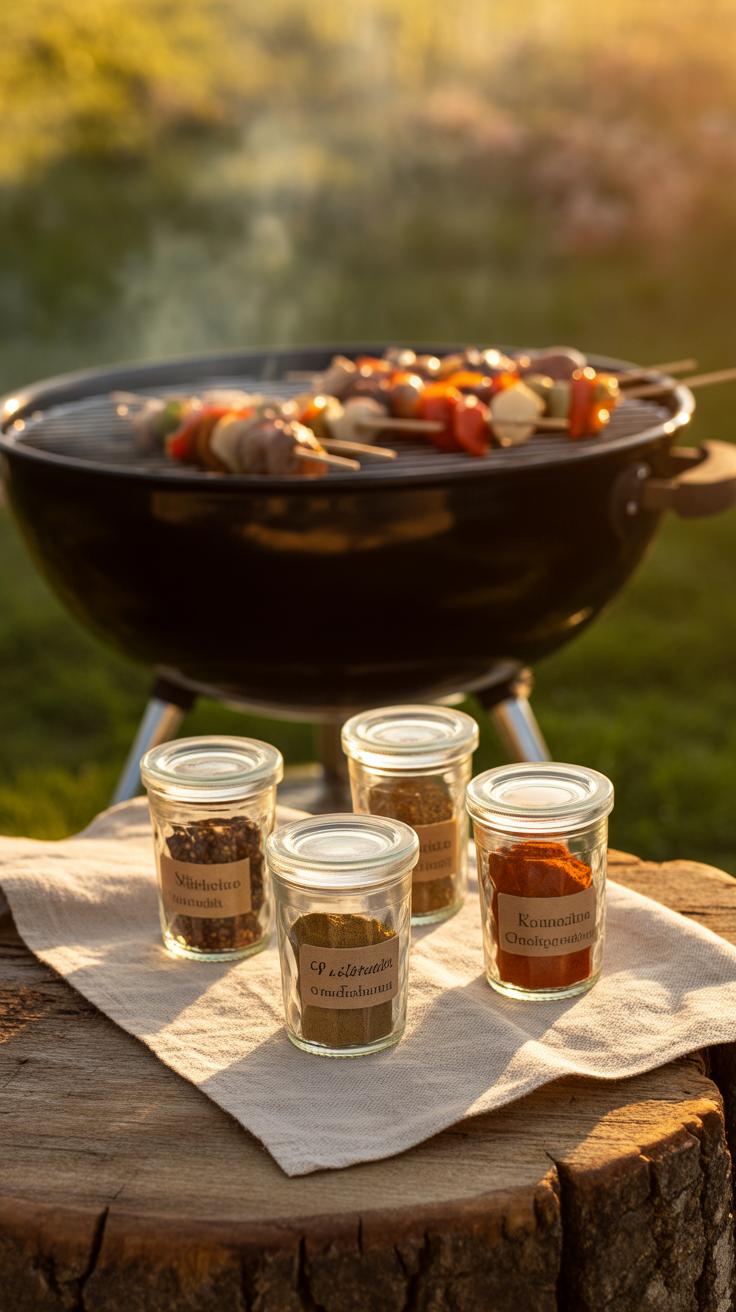
Getting the seasoning right for stuffed portabella mushrooms can really make your outdoor feast stand out. The mushrooms themselves have a mild, earthy flavor that benefits from a bit of extra oomph. You can brush the caps lightly with oil and sprinkle salt and pepper before cooking, which helps draw out their natural juices and intensifies the taste. Sometimes, I find a touch of balsamic vinegar adds a subtle tang that works wonders, but that might not be everyone’s favorite.
Herbs That Boost Flavor
Herbs are a great way to deepen flavor without overwhelming the mushrooms. Basil brings a gentle sweetness and pairs well with tomato-based fillings. Thyme, with its slightly woodsy hint, complements the earthiness of mushrooms nicely—try chopping it finely and mixing it right into your filling. Parsley is often overlooked but adds a fresh, bright note that cuts through richer ingredients. It’s handy to toss some fresh leaves on top at the end, for that last burst of color and flavor.
Spices to Add Zest
Simple spices can transform a basic mushroom filling into something memorable. Garlic powder is an easy go-to; it melds well with almost anything and gives a warm, savory background. Black pepper provides a bit of heat and sharpness—don’t be shy here. Paprika is subtle but adds a smoky depth without being spicy. I sometimes add a pinch of chili flakes if I’m in the mood for a little kick, but that’s optional. These spices, combined with fresh herbs, work together to create layers of flavor that keep each bite interesting.
Cooking Methods for Stuffed Portabellas
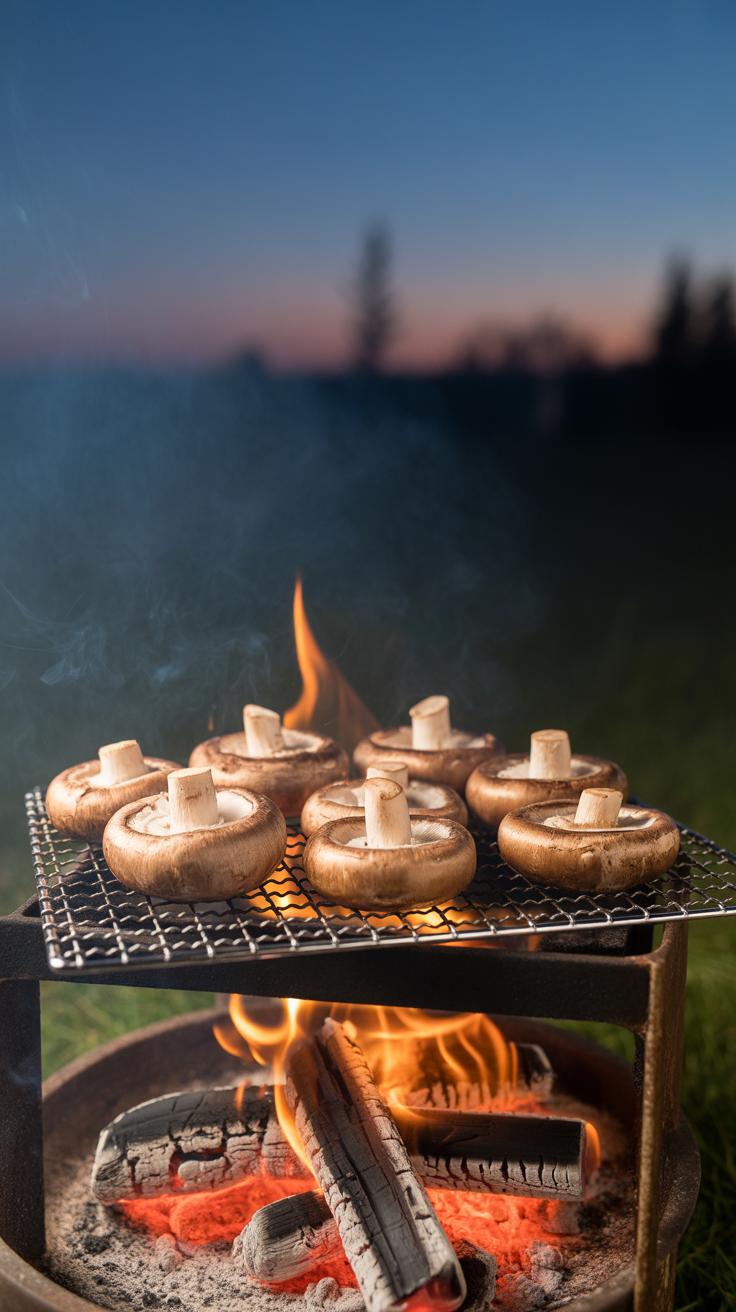
Grilling for Outdoor Flavor
Grilling stuffed portabella mushrooms brings out a smoky flavor you just can’t get anywhere else. The open flame adds a charred edge, while the heat locks in moisture, keeping the mushroom tender rather than drying it out. To grill, preheat your grill to medium heat and place the stuffed mushrooms cap side down first, which helps develop a nice sear without spilling the filling.
Flip them carefully after about 8-10 minutes. The filling will start to brown, and the mushrooms should be soft to the touch, but not mushy. It’s a balance—you don’t want to burn the outside before the inside gets heated through. A tip I’ve found helpful is using foil under the mushrooms to catch any drips or loose stuffing, making clean-up easier while preserving the smoky taste.
Baking and Pan-Frying
Baking stuffed portabellas in an oven offers a controlled way to get a juicy, well-cooked mushroom with a slightly crisp topping. Place the mushrooms on a baking sheet, preheated to about 375°F, and bake for 20-25 minutes. The slower heat lets the filling meld with the mushroom’s natural juices. You might wonder if the mushrooms become a bit soggy—sometimes yes, but the flavor payoff usually makes it worth it.
Pan-frying is a faster and perhaps less traditional approach but definitely handy when you want a quick meal. Use a non-stick skillet over medium heat with a splash of oil. Place the mushrooms cap side down to start, cooking until browned, then flip and add the stuffing carefully on top to warm through. Pan-frying seals in flavor but requires more attention so you don’t end up overcooking or burning the edges.
Trying more than one method can also be interesting—grill first, then finish with a quick oven bake for that extra depth. Have you experimented much with these techniques? Sometimes what works best depends on the stuffing and how much moisture it holds.
Serving Suggestions and Pairings

Perfect Side Dishes
Stuffed portabella mushrooms are pretty hearty on their own, but pairing them with the right sides can really elevate your outdoor meal. Think about simple, fresh salads—maybe a crisp arugula with lemon vinaigrette or a spinach and strawberry mix. They add a refreshing contrast to the richness of the mushrooms.
Grilled vegetables also work well. Bell peppers, zucchini, or asparagus tossed over the grill for a few minutes complement the earthiness of the portabellas. I’ve found that the slight smokiness from grilling adds a layer of flavor you don’t quite get otherwise.
Rice or grain-based sides can round out the meal. A wild rice pilaf or quinoa salad with herbs feels light, yet filling, and keeps your plate colorful. You want something that doesn’t compete too much but still has enough texture and substance. It depends on the mood—sometimes you want a busy plate, sometimes just a couple of calm elements.
Drinks that Complement
Choosing the right drink is almost as important as the food itself. For stuffed portabellas, lighter beverages seem to work best. Iced tea, not too sweet, offers a clean finish and keeps you hydrated without masking the flavors. Lemonade, with its tang, contrasts nicely, especially on warmer days.
If you’re thinking about wine, a light white like a Sauvignon Blanc or Pinot Grigio usually pairs well. They don’t overwhelm the dish’s earthy tones and can even highlight some of the herbaceous notes if your stuffing includes fresh herbs.
One time, I tried a cold rosé—it was a bit surprising but actually a pleasant match. It’s okay to experiment a bit; the key is balancing richness with something crisp or bright. What’s your go-to drink for outdoor meals like this?
Storing and Reheating Leftovers
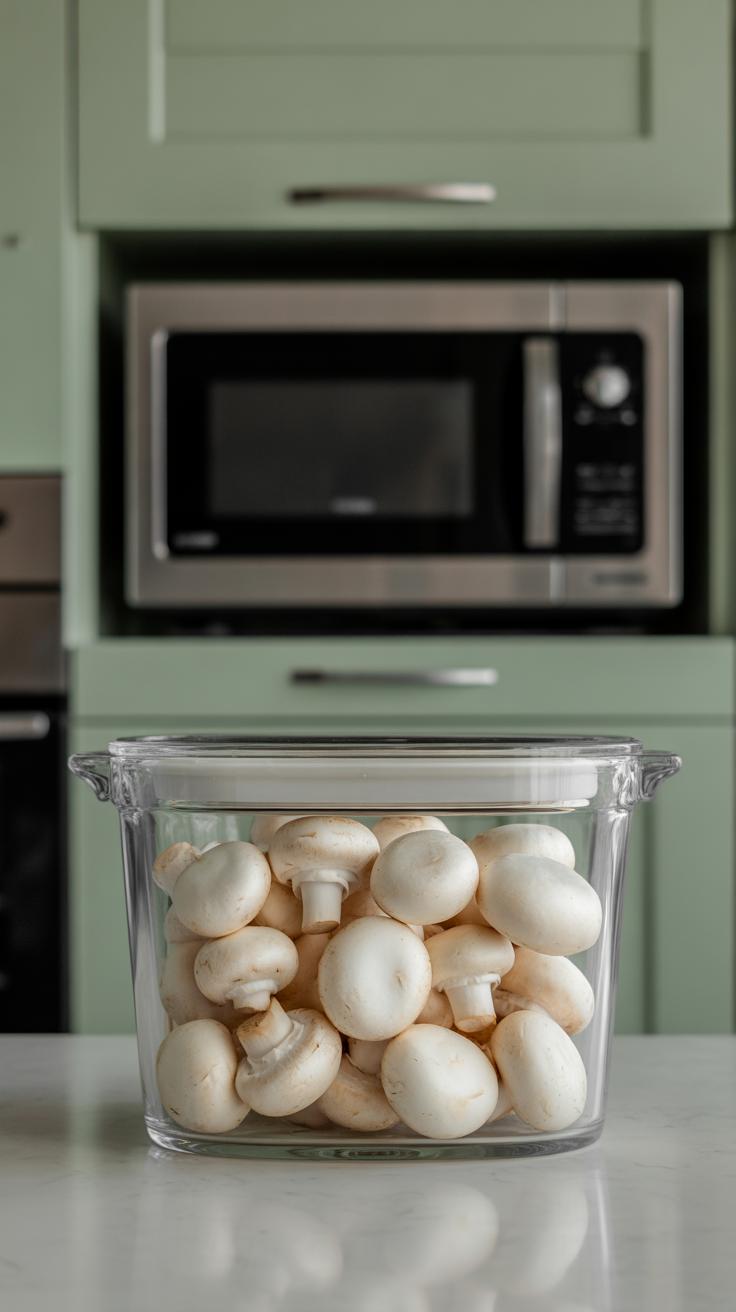
Keep Leftovers Fresh
When you have leftover stuffed portabella mushrooms, the key is to keep them fresh without letting them turn soggy or lose flavor. I usually put each mushroom in an airtight container—something shallow, so they don’t get smushed. You can also line the container with a paper towel to soak up extra moisture, which helps prevent that unpleasant wateriness.
Pop the container in the fridge within two hours after cooking. The mushrooms will stay good for up to three or four days if refrigerated properly. Don’t stack them too tightly; a little airflow inside the container makes a difference. And if you make a big batch, consider dividing them into smaller portions so you only open what you need.
Reheat Without Drying Out
Reheating stuffed portabellas can be tricky—you want them warm without drying out, right? The oven is usually my go-to. Set it at about 325°F and cover the mushrooms with foil to keep moisture in. Heat them for 10 to 15 minutes, and they come out tender, not tough. Quick tip: you can add a splash of broth or a tiny bit of olive oil over each mushroom before reheating to keep the filling juicy.
If time’s tight and the microwave is your only option, place the mushrooms on a microwave-safe plate, cover loosely with a damp paper towel, and heat in short bursts. Check halfway through, so you avoid overheating, which dries out the mushroom and filling fast. I’ve found this method works best for single portions, but it’s not quite the same as the oven experience.
Odd as it sounds, sometimes a little inconsistency in texture upon reheating makes me savor the leftovers more than I expected. Have you noticed that too?
Tips for Hosting an Outdoor Meal
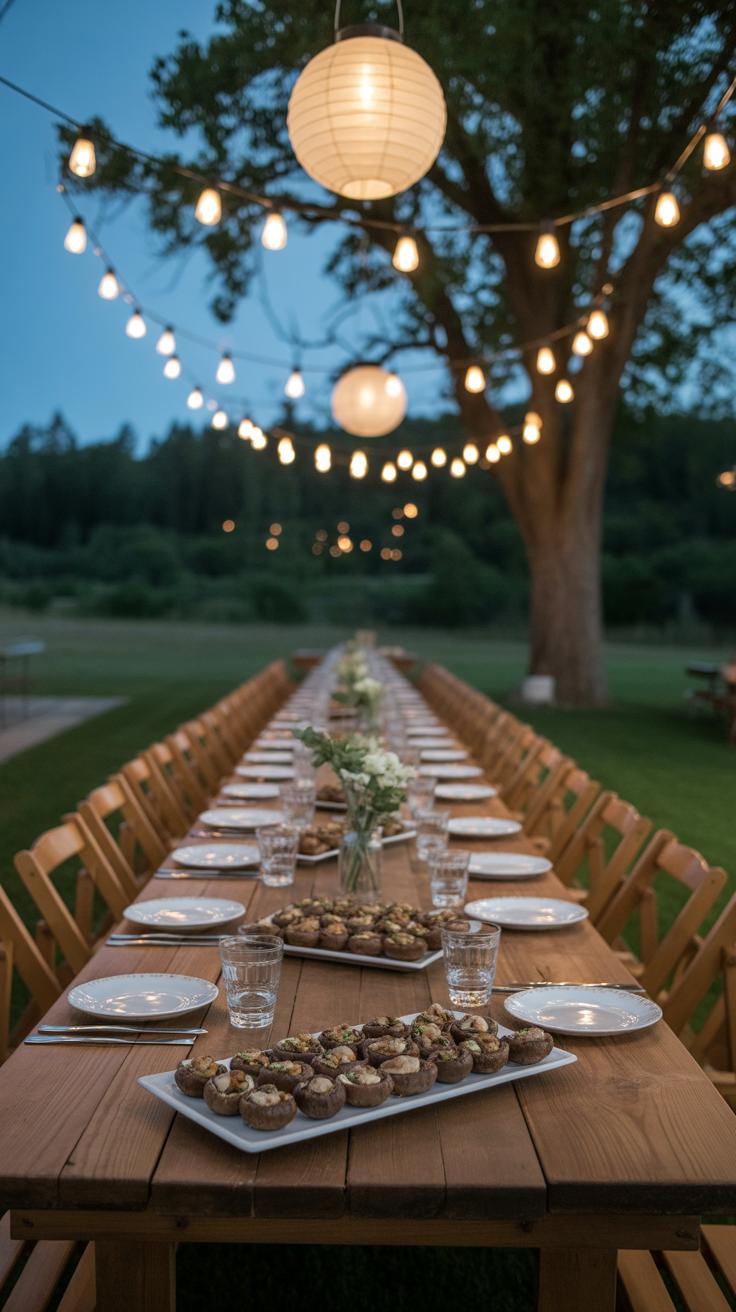
When planning a get-together centered on stuffed portabella mushrooms, setting up your cooking space thoughtfully can make a big difference. Think about arranging your grill or outdoor stove so you have enough room for prepping the mushrooms before cooking, plus a separate spot to rest them after grilling without crowding.
Grouping tools like spatulas, brushes, and tongs nearby but out of the way helps keep things flowing. Also, a clean surface for filling the mushrooms right next to the cooking area saves unnecessary trips back and forth—maybe a folding table works well here.
Getting your guests involved can turn meal prep into part of the fun. Maybe invite them to mix their own fillings or add toppings just before grilling. It creates more interaction and gives everyone some ownership of the dish. Sometimes, letting others stuff those mushrooms leads to surprising flavor combos you hadn’t thought of yourself.
Serving is another moment to engage people—setting up a station where everyone builds their own mushroom plate with sides and dressings adds some playfulness to the meal. Have you thought about how sharing the process with friends could make the outdoors dining experience more memorable? It’s not only about food, after all, but about the shared moments around it.
Conclusions
Stuffed portabella mushrooms bring exciting flavors and nutrients to any outdoor meal. You learned how to select good mushrooms and create fillings that fit your taste. The cooking methods we discussed make sure your mushrooms come out juicy and full of flavor.
Next time you plan an outdoor feast, add stuffed portabellas to your menu. They are simple to prepare, fun to cook, and sure to make your meal memorable. Enjoy a tasty and healthy dish with your loved ones outdoors.


